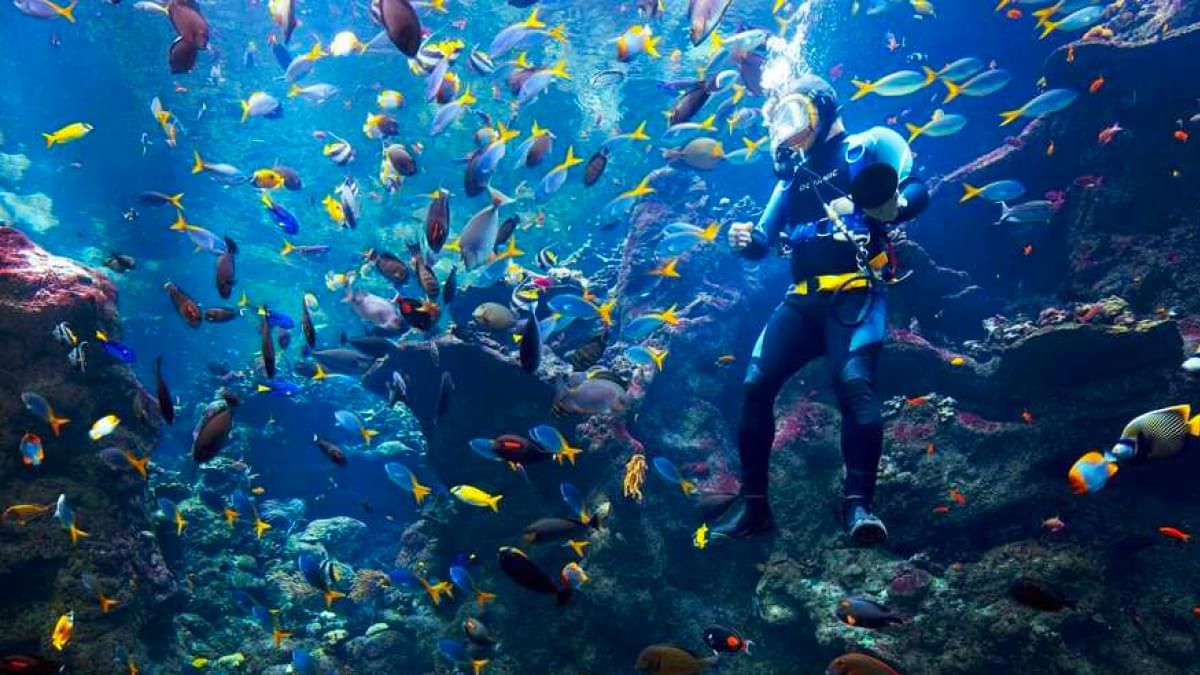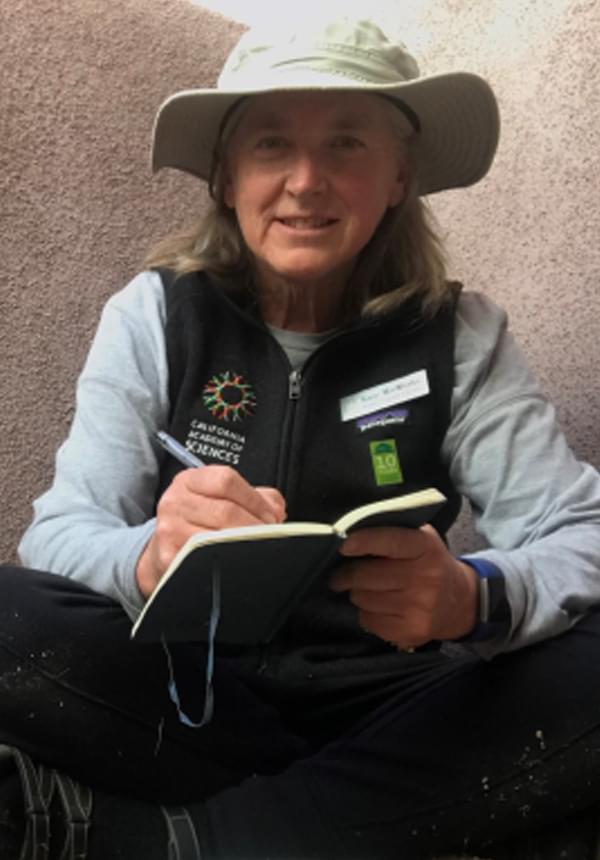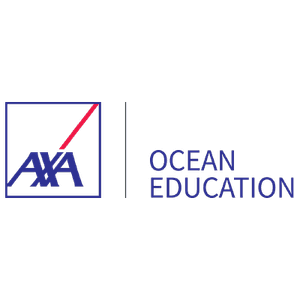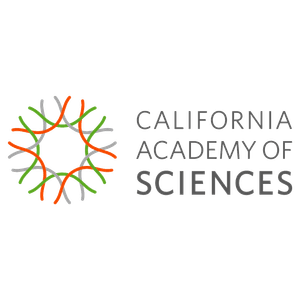
Helping coral reefs
How are California Academy scientists and communities around the world joining forces to help coral ecosystems thrive? With videos, photos and games, students will explore these beautiful ecosystems. Students will learn about the symbiotic relationship between coral and its best friend, zooxanthellae, through demonstrations using coral models. We will examine how we use power and explore how our own individual and community actions can help coral ecosystems far from where we live.
Focus Questions
How do Academy scientists study coral reefs to understand how to protect them?
What can we do to help?
Preparation
If you have never joined a live lesson before, see the guidance hub, where you will find technical and educational support.
Live lessons work best when students have some prior knowledge and have prepared questions. You can select from any of the STEAM activities in the Coral Oceans collection or teach the one-off Coral Live prep lesson.
Questions generated by your class can be submitted via the Encounter Live tab in your Encounter Edu profile.
Students will need a pencil, a blank piece of paper, or their science notebooks.
Session outline
1. Introduction (5 mins)
Susan welcomes classes to this live lesson by introducing herself and the California Academy of Sciences, and invites students to explore a beautiful coral reef video.
2. Exploration (15 mins)
Using photos, videos and guessing games, students are invited to explore and answer the following questions:
- How do California Academy scientists help coral to survive?
- What places do our scientists go?
- Why is it important to work with the people that live there?
- How do scientists share with museum-goers back home?
3. Educator share (5 mins)
Food for a home: Susan describes a special relationship between coral polyps and their little friends, zooxanthellae (as long as ocean conditions are just right!).
4. Demonstration (5 mins)
Students make a prediction and observe a demonstration to visualize what happens to that special relationship if the ocean water gets too warm.
5. Reflection (5 mins)
Students reflect on how we use power, and how our own individual and community actions can help coral ecosystems far from where we live.
6. Question time and share-out (10 mins)
Students have time to talk with each other and are invited to share-out their action ideas. Susan will answer any questions from students about coral, the work of the Academy scientists, and how we can all be part of a positive future for the reef.
Post lesson
The California Academy of Sciences offers videos, activities and more for teachers and students to explore science topics in their own classrooms or in their own homes. Their Science @ Home: Coral Reefs activities are tailored for 8-11 year old students learning about coral reefs.
Speakers

Susan MacWhorter
School Programs Educator, California Academy of Sciences
Brought to you by:


Helping coral reefs
How are California Academy scientists and communities around the world joining forces to help coral ecosystems thrive? With videos, photos and games, students will explore these beautiful ecosystems. Students will learn about the symbiotic relationship between coral and its best friend, zooxanthellae, through demonstrations using coral models. We will examine how we use power and explore how our own individual and community actions can help coral ecosystems far from where we live.
Focus Questions
How do Academy scientists study coral reefs to understand how to protect them?
What can we do to help?
Preparation
If you have never joined a live lesson before, see the guidance hub, where you will find technical and educational support.
Live lessons work best when students have some prior knowledge and have prepared questions. You can select from any of the STEAM activities in the Coral Oceans collection or teach the one-off Coral Live prep lesson.
Questions generated by your class can be submitted via the Encounter Live tab in your Encounter Edu profile.
Students will need a pencil, a blank piece of paper, or their science notebooks.
Session outline
1. Introduction (5 mins)
Susan welcomes classes to this live lesson by introducing herself and the California Academy of Sciences, and invites students to explore a beautiful coral reef video.
2. Exploration (15 mins)
Using photos, videos and guessing games, students are invited to explore and answer the following questions:
- How do California Academy scientists help coral to survive?
- What places do our scientists go?
- Why is it important to work with the people that live there?
- How do scientists share with museum-goers back home?
3. Educator share (5 mins)
Food for a home: Susan describes a special relationship between coral polyps and their little friends, zooxanthellae (as long as ocean conditions are just right!).
4. Demonstration (5 mins)
Students make a prediction and observe a demonstration to visualize what happens to that special relationship if the ocean water gets too warm.
5. Reflection (5 mins)
Students reflect on how we use power, and how our own individual and community actions can help coral ecosystems far from where we live.
6. Question time and share-out (10 mins)
Students have time to talk with each other and are invited to share-out their action ideas. Susan will answer any questions from students about coral, the work of the Academy scientists, and how we can all be part of a positive future for the reef.
Post lesson
The California Academy of Sciences offers videos, activities and more for teachers and students to explore science topics in their own classrooms or in their own homes. Their Science @ Home: Coral Reefs activities are tailored for 8-11 year old students learning about coral reefs.
Speakers

Susan MacWhorter
School Programs Educator, California Academy of Sciences
Brought to you by:



